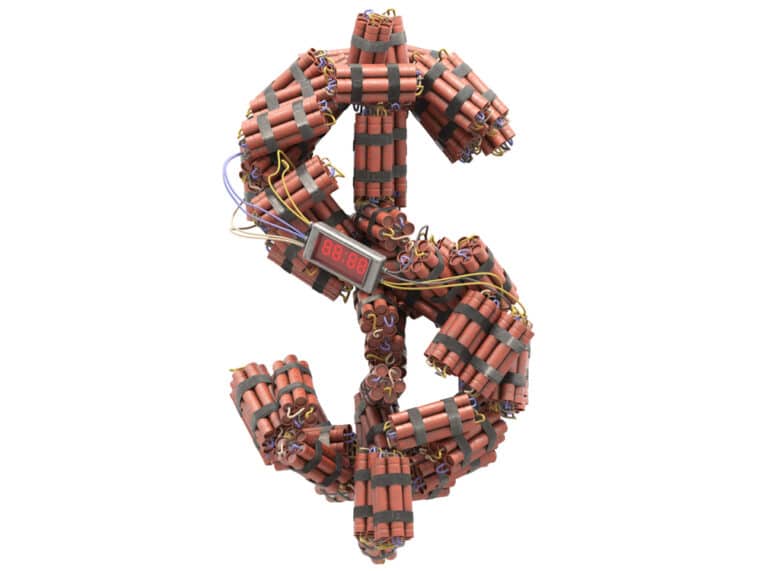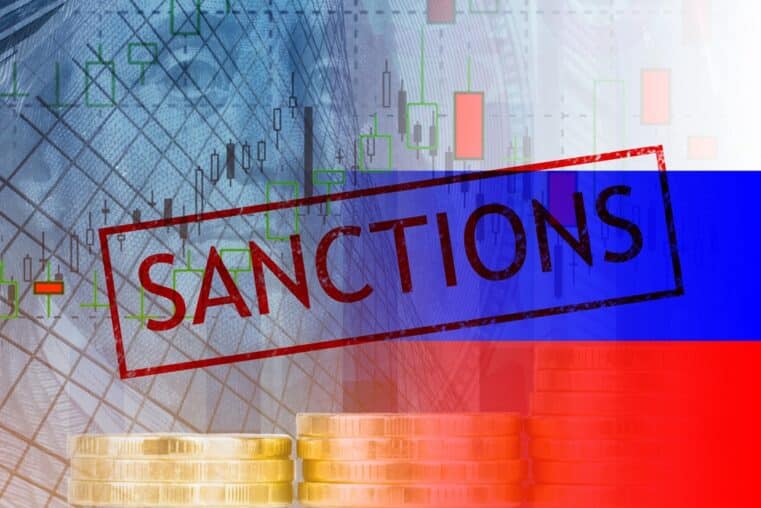
Government Preparing for an EMP Attack - Should You?
In 1958, the US Department of Defense (DOD) went into crisis mode.
The Soviet Union’s military capabilities had been increasing, from conventional weapons to nuclear munitions to space exploration.
Amidst this escalating cold war between the US and the USSR, the North Korean invasion of South Korea became the tipping point for enhanced defensive action.
The US needed a wide communications network that would serve as a rapid early warning system for incoming threats as well as a central point for military command and control...regardless of the conditions of physical infrastructure on the ground.
That DOD-funded project evolved into ARPANET--the first iteration of what we now call the internet.
But as defensive technologies improve, destructive technologies escalate to outdo those improvements..
The internet was primordially conceived in the 1960s as a “last ditch” means to maintain military and governmental communications. What if critical segments of the internet itself was taken out?
There is almost nothing in today’s digital society that doesn’t flow through the internet’s virtual wires.
Economy, government, utilities, personal communications, and data. If the internet were disrupted, so too would everything else, and the result would be catastrophic.
On March 26, 2019, President Trump issued an executive order on the (man-made or natural) threat of an electromagnetic pulse (EMP) attack.
What is an EMP, and why might it be a threat? An EMP s a short burst of electromagnetic energy. It can come from the sun, but it can also be generated by “hostile actors” such as a high-altitude EMP (HEMP).
Mainstream liberal media has strongly criticized President Trump for issuing this executive order, calling such fears “mythical.” To what degree is an EMP attack mythical?
Media doesn’t consider Russian social media interference during the 2016 election to be mythical. Neither does it consider cyberattacks to be far beyond the bounds of the credible.
Prior to 9/11, the idea of hijacked planes flying into the World Trade Center might have been considered extremely unlikely. Might it have been worth assessing and creating a response plan to such a highly-improbable attack?
All President Trump did through his order was to ask agencies to estimate the consequences of an EMP disruption and to develop contingency plans.
Developing a response to EMP disruption was given high priority status. But how likely is such a thing to happen (which is a poor question, as we’ll subsequently discuss)?
When it comes to the threat of a military EMP attack, such a scenario would be much easier than other “unthinkable” events--a land invasion (nearly impossible), a mass biological attack (highly unlikely), a full-scale nuclear attack (there’d be no winners).
But a hostile entity with limited capabilities detonating a nuclear bomb in high altitude above a key city may be far more realistic. And what would happen if an EMP attack were launched over, say, New York City, or a major power grid, or a tech center on the West Coast?
If something so minor as a traffic jam can disrupt the flow of business, if a cyberattack can cause businesses (or industries) to lose loads of money in a relatively short amount of time, then a small EMP disruption might be enough to create chaos in the economy--perhaps even amounting to trillions of dollars.
Considering the destructive potential of such an arsenal, EMP weapons--far from being a mythical notion--are actually now part of several hostile nations’ military doctrine.
The Washington Times mentioned a congressional report last January stating that China, Russia, and North Korea are developing EMP weapons.
What’s the likelihood of such weapons being deployed? It doesn’t matter. If the technology can be developed into a viable product, why wait to find out?
This brings us to the main point. If any sane person were offered half a million dollars to participate in a game of Russian roulette, chances are good that that person would refuse.
The reason? Despite the odds being stacked in the person’s favor (83% in a 6-chamber gun), the 16.6% chance of failure is terminal.
In other words, the negative payoff (death) is significantly greater than the positive payoff (that is, of course, unless one’s life is 100% unrewarding, meaningless, or hopeless--the fact that you’re reading this means that your life probably isn’t).
So, the threat of an EMP attack shouldn’t be judged by its likelihood, but rather by its potential payoff, which is far more disastrous than merely asking agencies to estimate potential damages and to develop a response plan.
Overall, it’s a smart move. When a threat is perceived, study it. If you perceive a vulnerability, then hedge.
The Ground-Level Effect of an EMP Disruption
The onus to hedge against an EMP disruption doesn’t end with government.
If an EMP attack were successful in disrupting electronic infrastructure, how would most people be able to exchange and purchase much-needed necessities--from food and other day-to-day goods to life-saving medications?
With most Americans relying on digital cash (i.e. ATM cards), an EMP attack’s potential for causing economic chaos scales to the person on the street.
Storing extra cash will undoubtedly be helpful but inefficient (as cash laying around is too easily spent). Storing silver coins, however, is a much more robust store of value.
Silver’s advantage is that it costs much less than gold, making it appropriate for smaller purchases. In addition to this, silver’s value tends to rise when the dollar’s purchasing power sinks.
Overall, silver-like gold--is sound money. And when there’s a need for sound money, there’s nothing better than silver, except perhaps gold.











